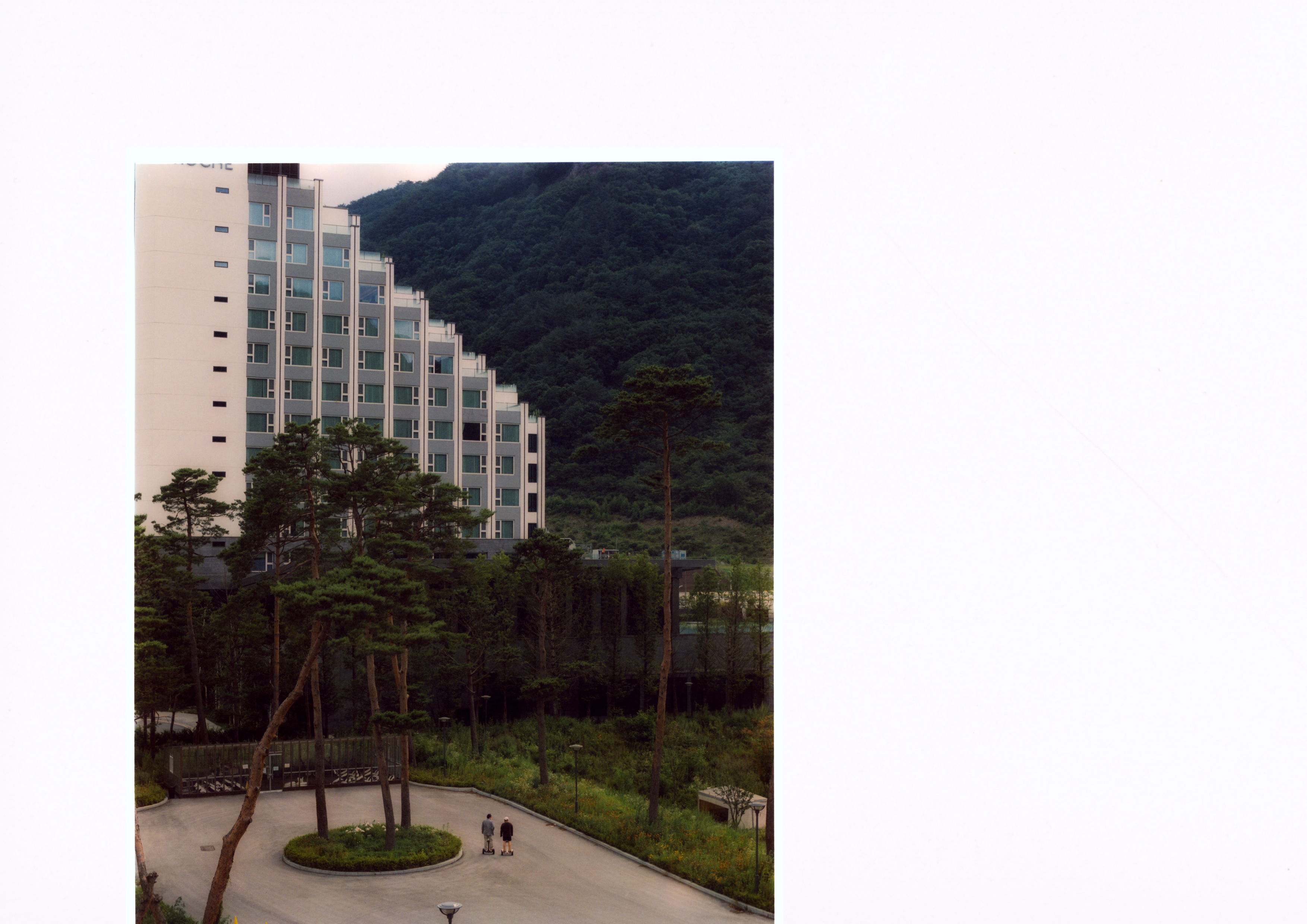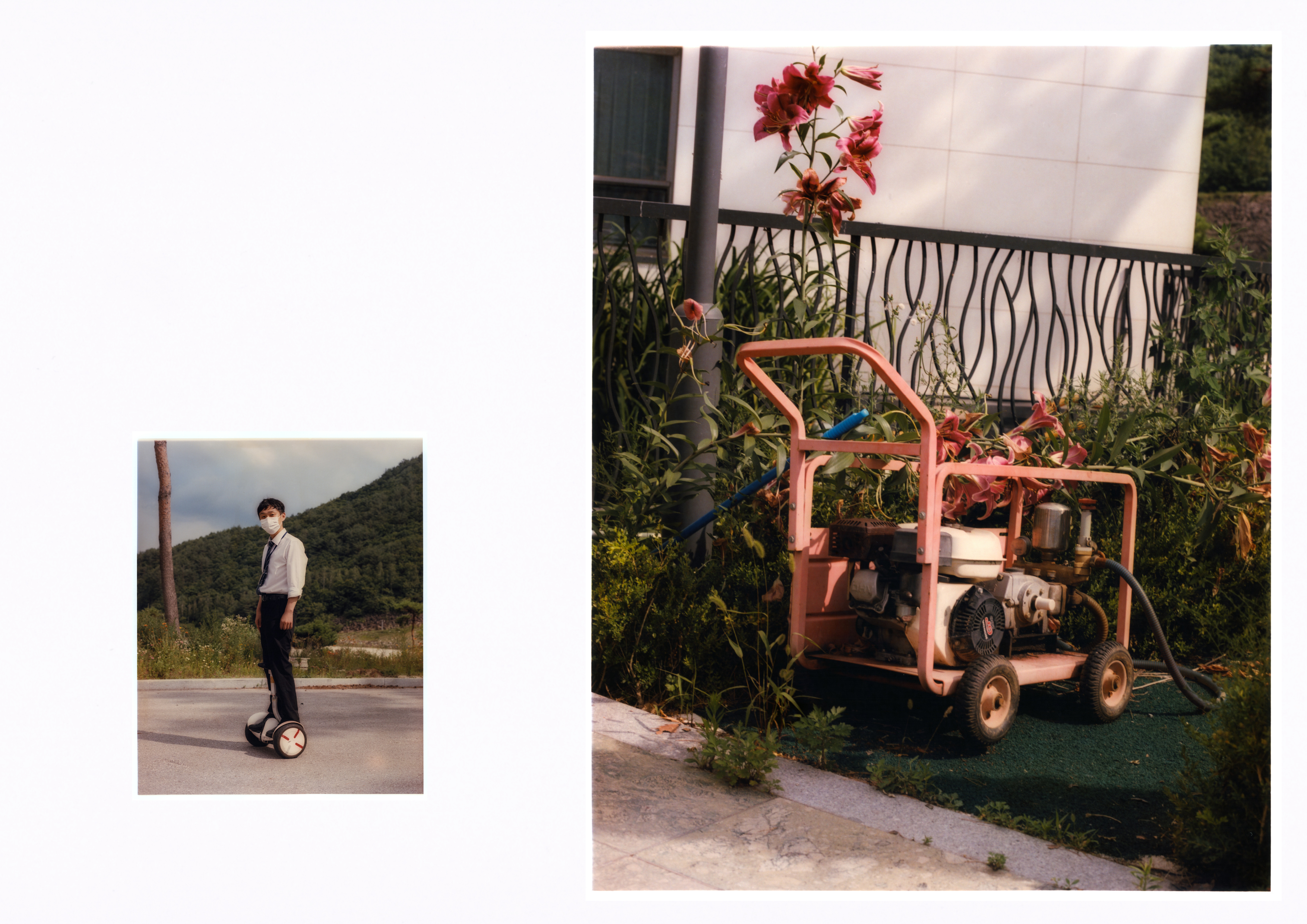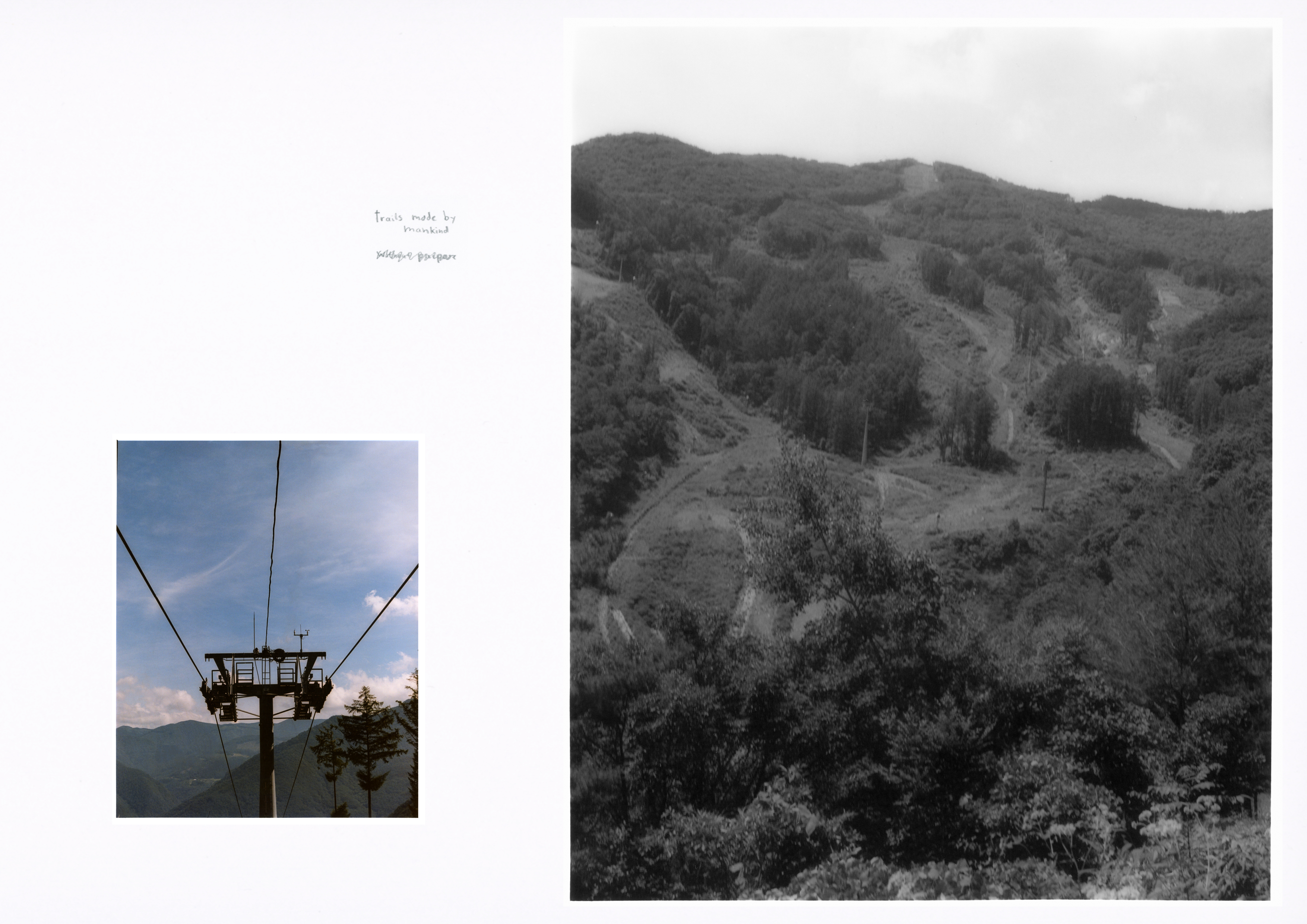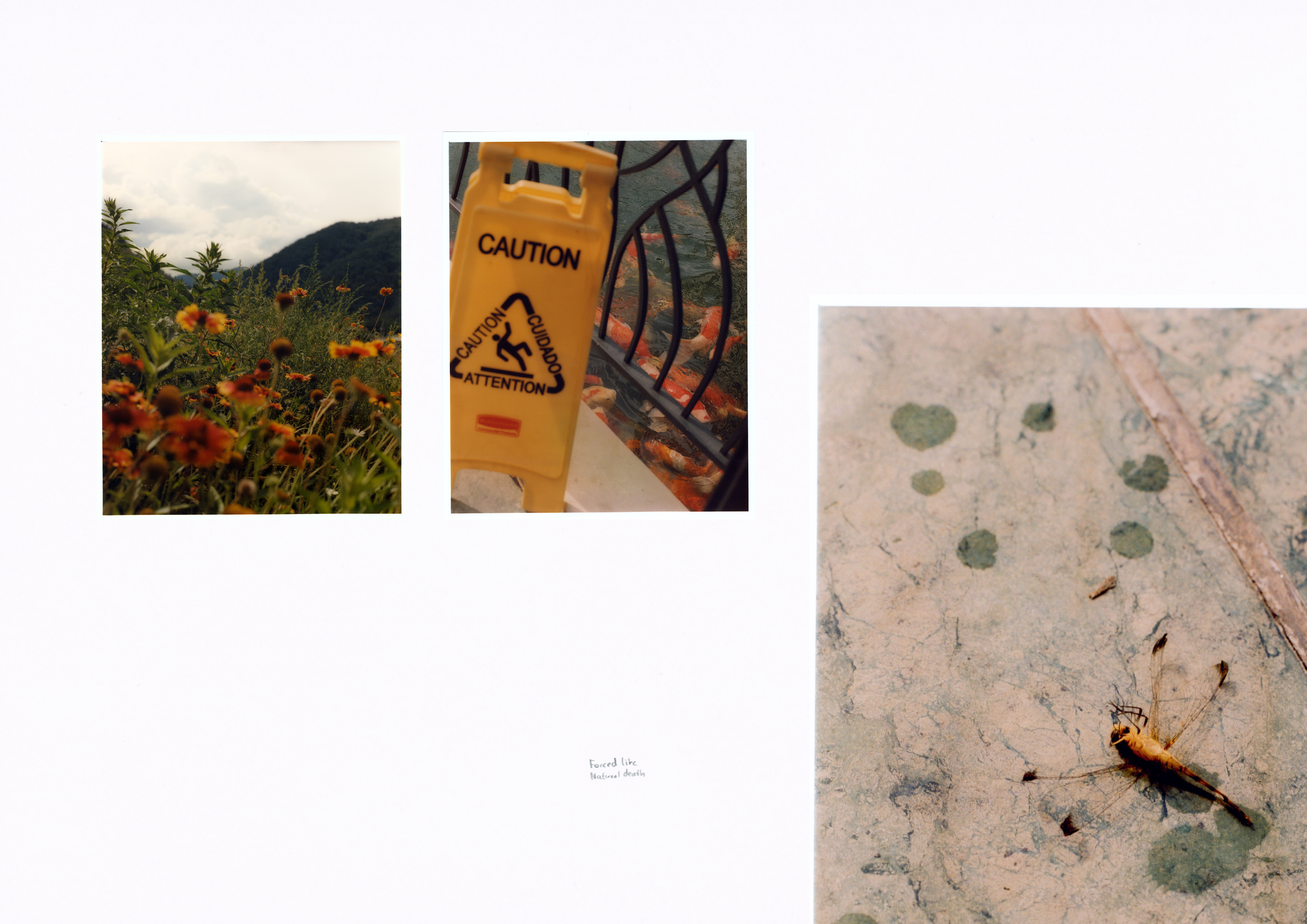In 2018, the Winter Olympics were held in Pyeongchang, South-Korea. For this event a 500-year old primitive forest had to be destroyed to make place for a ski slope that would be used for 3 days during the olympics. The only reason for this was that the Ski federation’s requirement was that the course had a vertical drop of at least 800 meters and none of the other resorts in the area met that requirement.
Mount Gariwangsan has been described as an 'ecological Ark of Ancient Forest’, is not just important for its flora and fauna. It is also one of the most important mountain areas on the Korean Peninsula, culturally, historically and ecologically. Its upper slopes survived Japanese occupation, the Korean War and industrialization, and are one of the few remaining old-growth forests where rare 300-year-old yew trees can be found. In addition the mountain is home to tens of thousands of large size climate change vulnerable coniferous trees. In august 2013 the forest service of Korea lifted the protected area designation, an area of 78.8ha, in order to allow the mountain’s use for the Olympics.
Under pressure from green groups, and after deciding it was economically unviable to turn the area into a permanent ski resort, Gangwon province - the local government host of the Olympics - is set to tear down the gondola and replant trees. All that is an effort to return the 1,560-meter mountain to its original state. However, this all comes at a cost of 47.7 billion KRW (44 Million $). The problem is that the province is only prepared to pay a fraction of what is needed and this has sparked the fear that the Pyeongchang Games will leave a sordid environmental legacy.
July 2021: The area is in decay. A luxury resort still remains open for visitors. During my visit, the staff of the resort out numbered the amount of people actually staying there.
Link to virtual exhibition : #CREATECOP26













